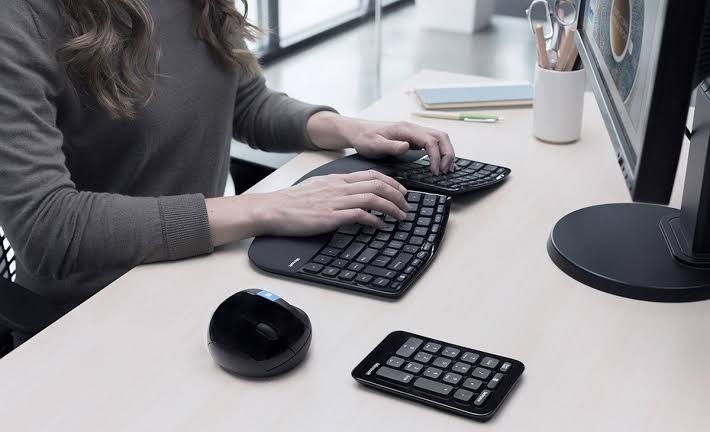Discover the benefits of ergonomic keyboards and mice for PC users, including improved comfort, reduced strain, and enhanced productivity. Learn how these peripherals prevent injuries and promote a healthier computing experience.
Ergonomic keyboards and mice are crucial for enhancing comfort and reducing strain during prolonged computer use. This article explores their benefits in detail, focusing on how these peripherals improve productivity and prevent injuries.
Understanding Ergonomic Keyboards and Mice
1. Ergonomic keyboards and mice are designed to promote natural hand and wrist positions, reducing muscle strain and discomfort.
2. These peripherals feature various ergonomic designs such as split keyboards, curved keys, and contoured mice, catering to different user preferences and ergonomic needs.
Benefits of Ergonomic Keyboards
1. Improved Comfort: Ergonomic keyboards support a relaxed wrist posture, reducing strain on muscles and joints.
2. Reduced Risk of Repetitive Strain Injuries (RSIs): By promoting natural hand alignment, ergonomic keyboards help prevent conditions like carpal tunnel syndrome.
3. Enhanced Typing Efficiency: Optimized key layouts and adjustable tilt angles improve typing speed and accuracy.
4. Customizable Features: Many ergonomic keyboards offer programmable keys and wrist rests for personalized comfort.
Benefits of Ergonomic Mice
1. Natural Hand Position: Ergonomic mice are shaped to fit the hand's contours, minimizing wrist strain.
2. Precision and Control: Adjustable DPI settings and ergonomic grips ensure smooth cursor movements and precise control.
3. Injury Prevention: These mice reduce the risk of mouse-related injuries such as wrist strain and tendonitis.
4. Versatility: Different designs like vertical mice and trackball mice cater to diverse user preferences.
Considerations for Choosing Ergonomic Peripherals
1. Comfort and Fit: Select devices that feel comfortable and accommodate your hand size and typing style.
2. Adjustability: Look for peripherals with adjustable features like tilt angles and customizable keys to suit individual ergonomic needs.
3. Compatibility: Ensure compatibility with your computer's operating system and connectivity preferences (USB, wireless).
4. Reviews and Recommendations: Research reputable brands and read user reviews to make informed purchasing decisions.
Workplace Benefits of Ergonomic Devices
1. Employee Well-being: Ergonomic peripherals promote employee health by reducing discomfort and preventing injuries.
2. Enhanced Productivity: Comfortable workers experience less fatigue, leading to improved productivity and efficiency.
3. Cost Savings: Investing in ergonomic equipment can lower healthcare costs associated with ergonomic injuries.
4. Regulatory Compliance: Employers may need to adhere to ergonomic workplace standards to ensure employee health and safety.
Conclusion
Ergonomic keyboards and mice play a pivotal role in fostering a healthy and efficient computing environment. By prioritizing comfort, reducing strain, and supporting natural body postures, these peripherals contribute to overall well-being and productivity for PC users. Choosing the right ergonomic devices involves understanding individual ergonomic needs, considering adjustability and comfort features, and selecting reputable brands known for quality and innovation. Incorporating ergonomic principles into workplace design and practices is essential for creating a supportive and sustainable work environment that promotes long-term health and performance.
